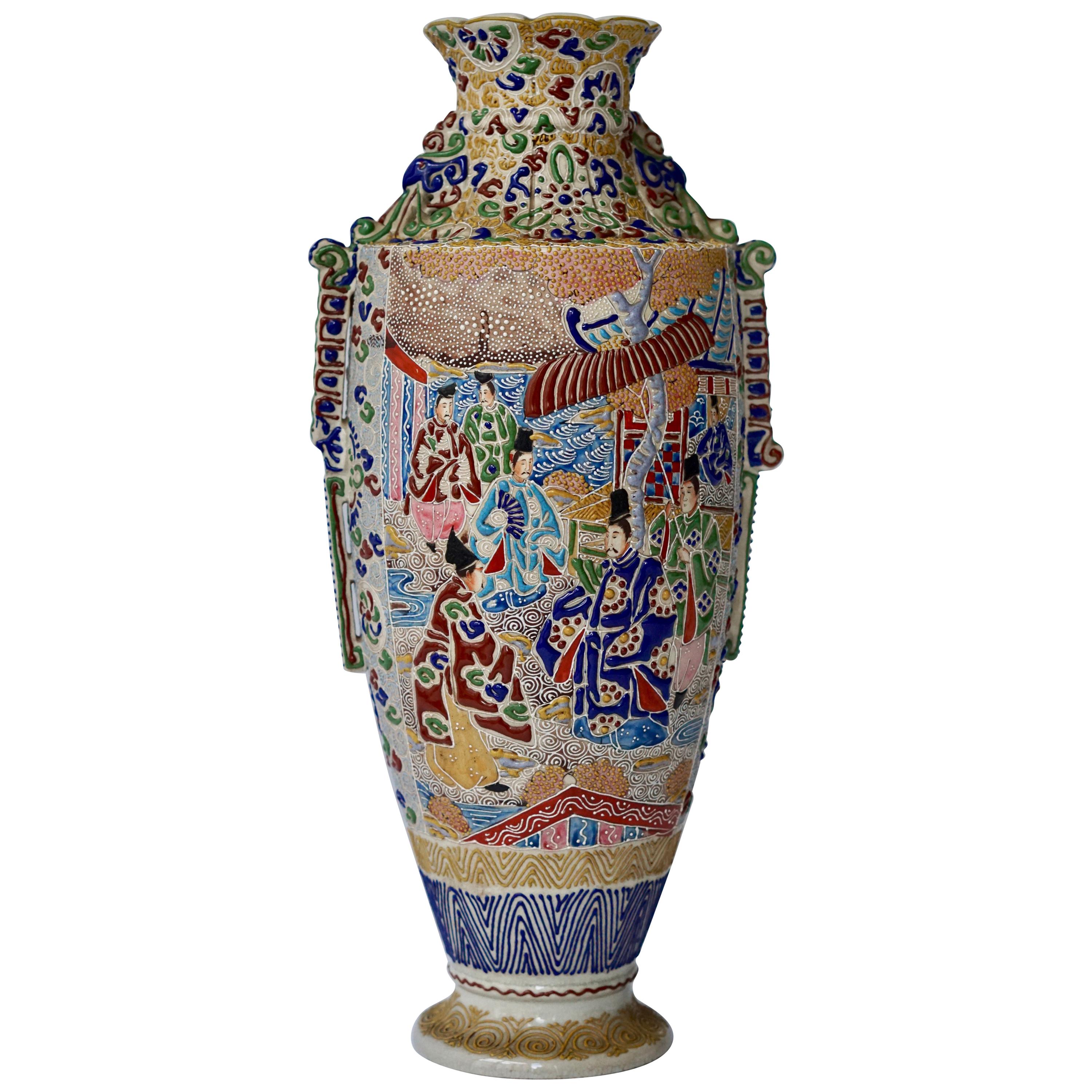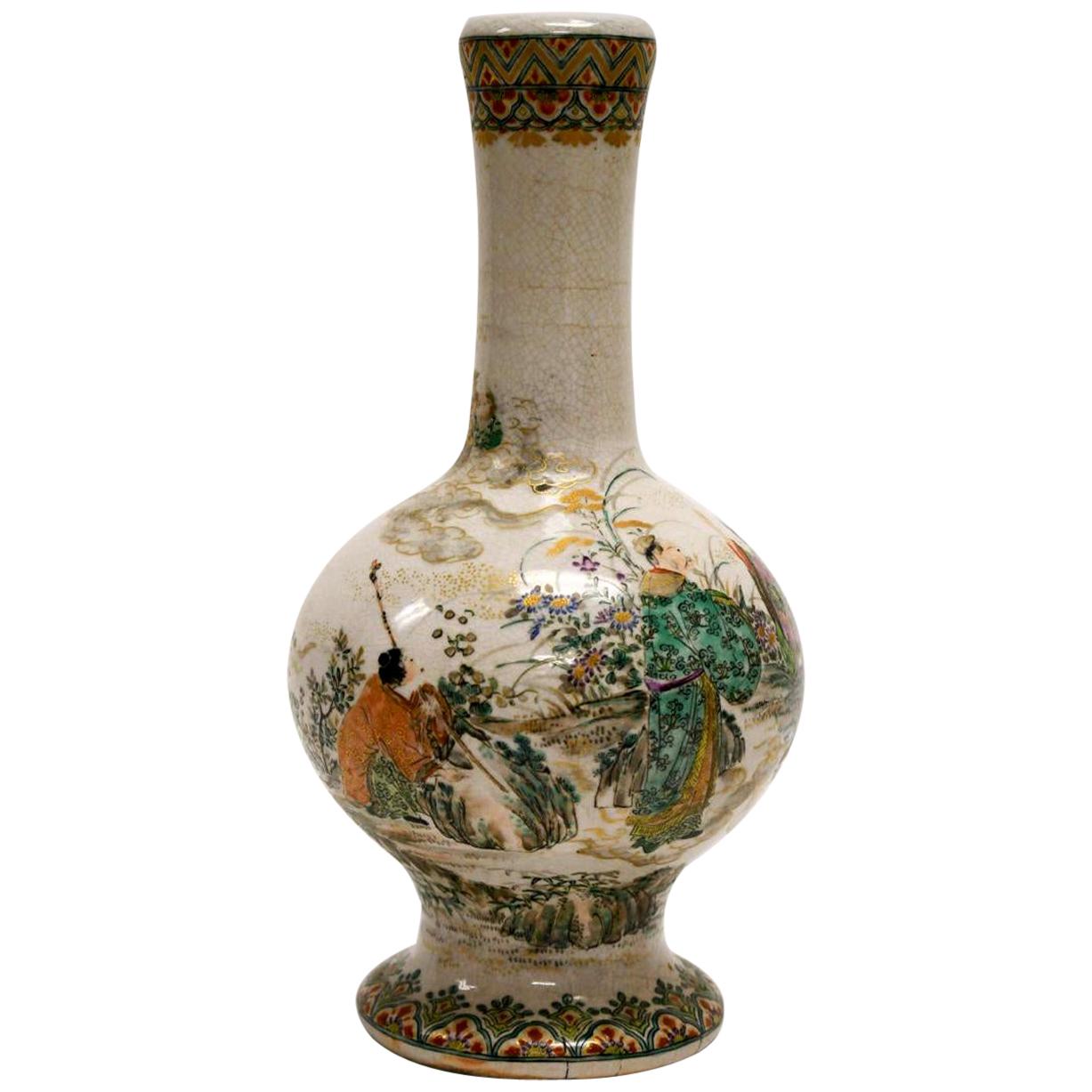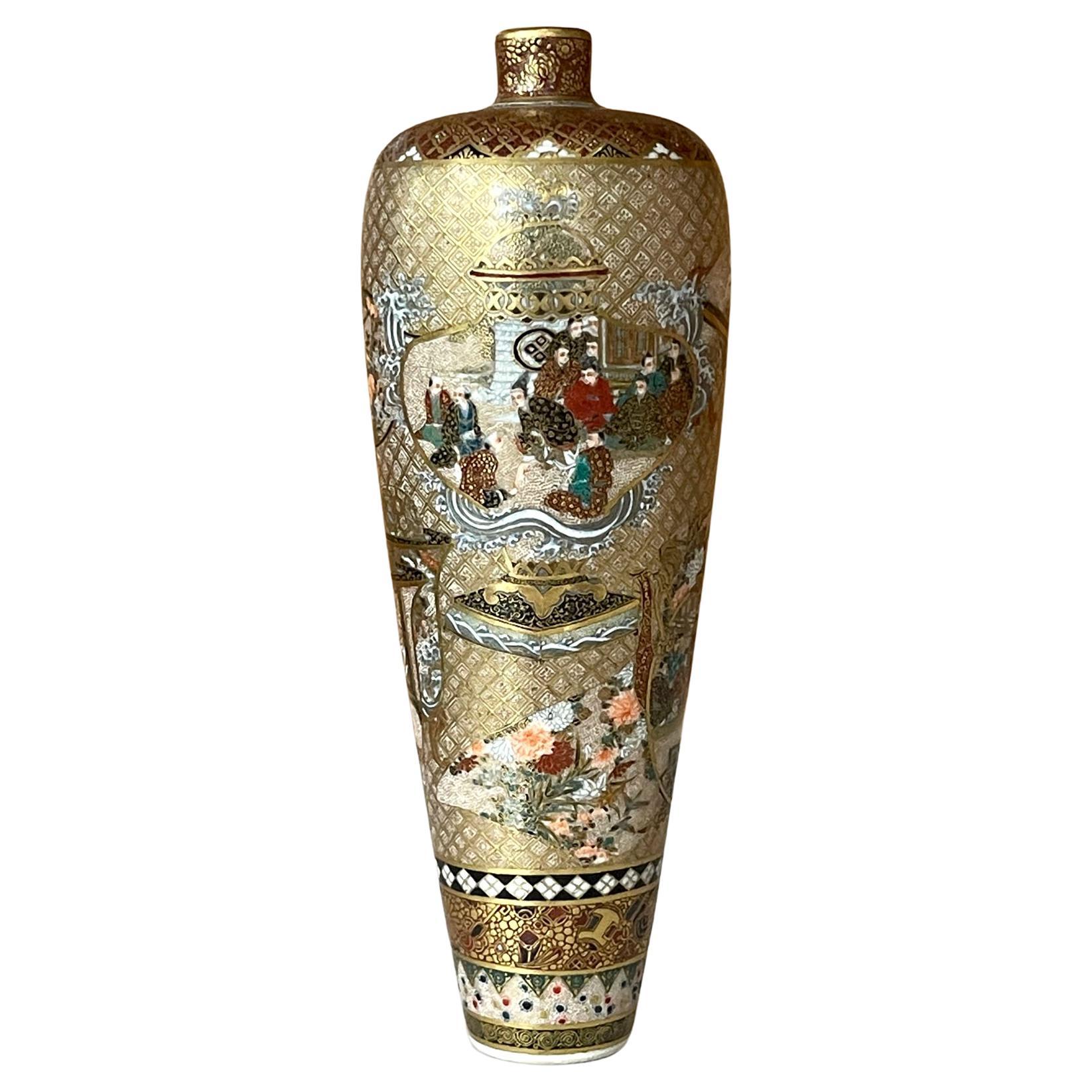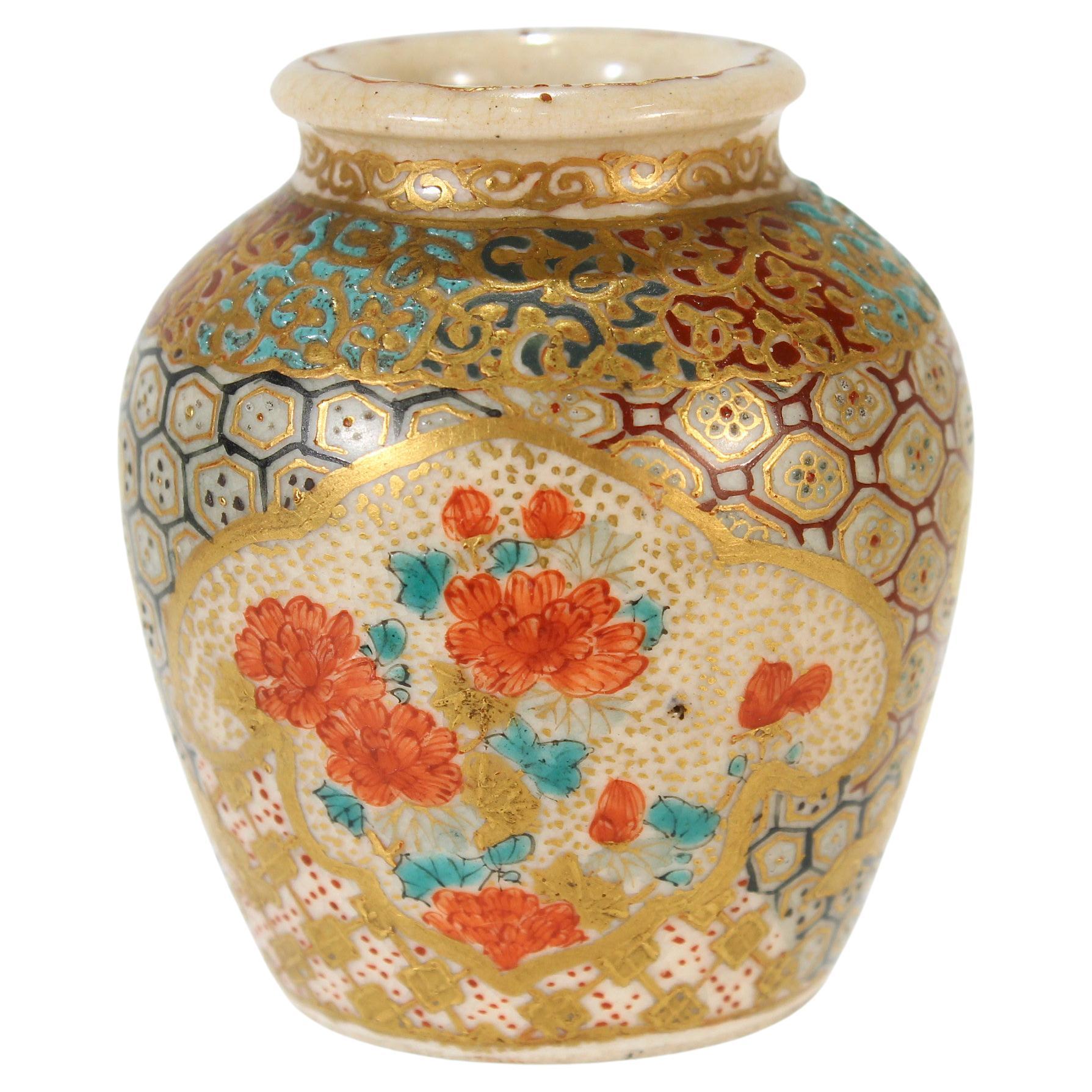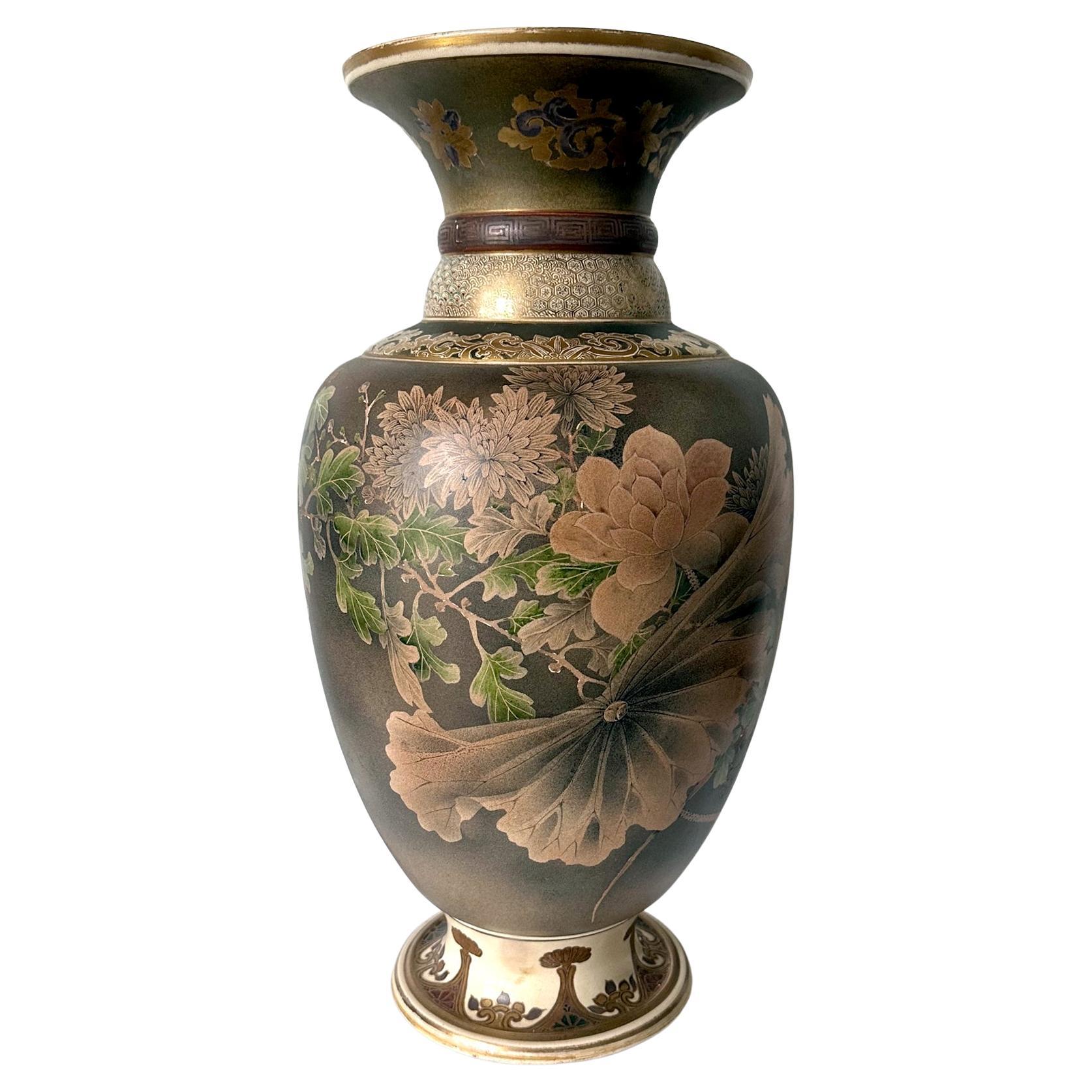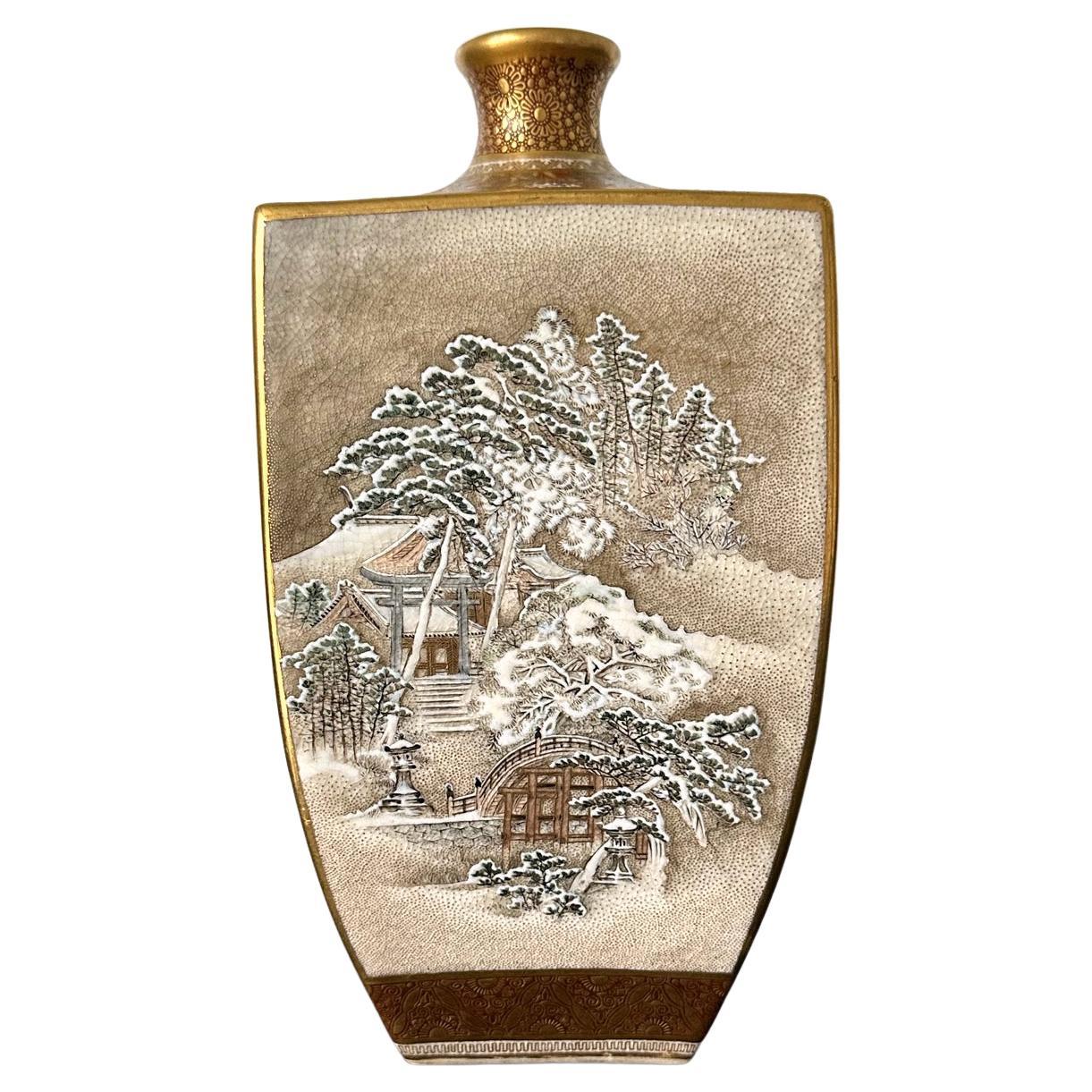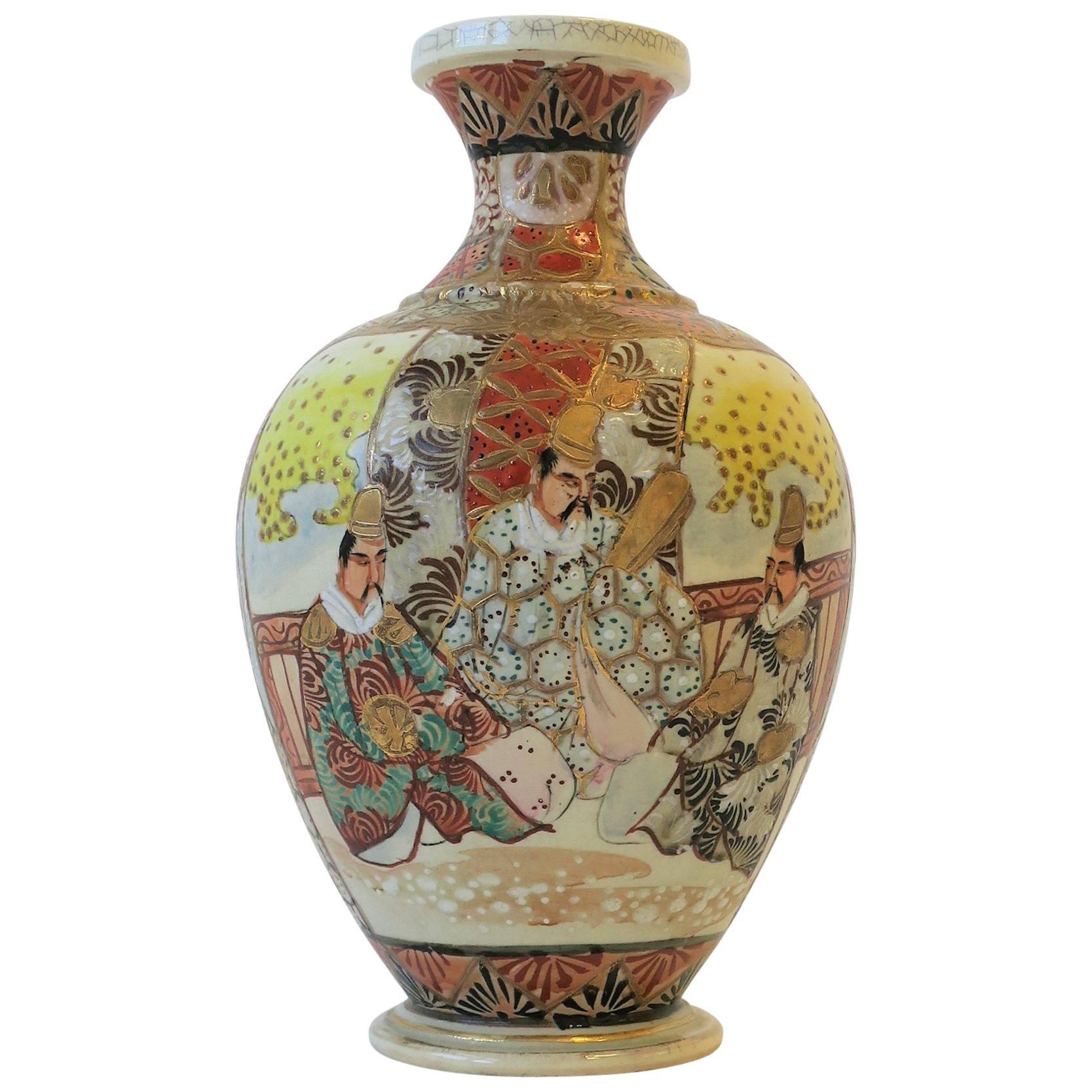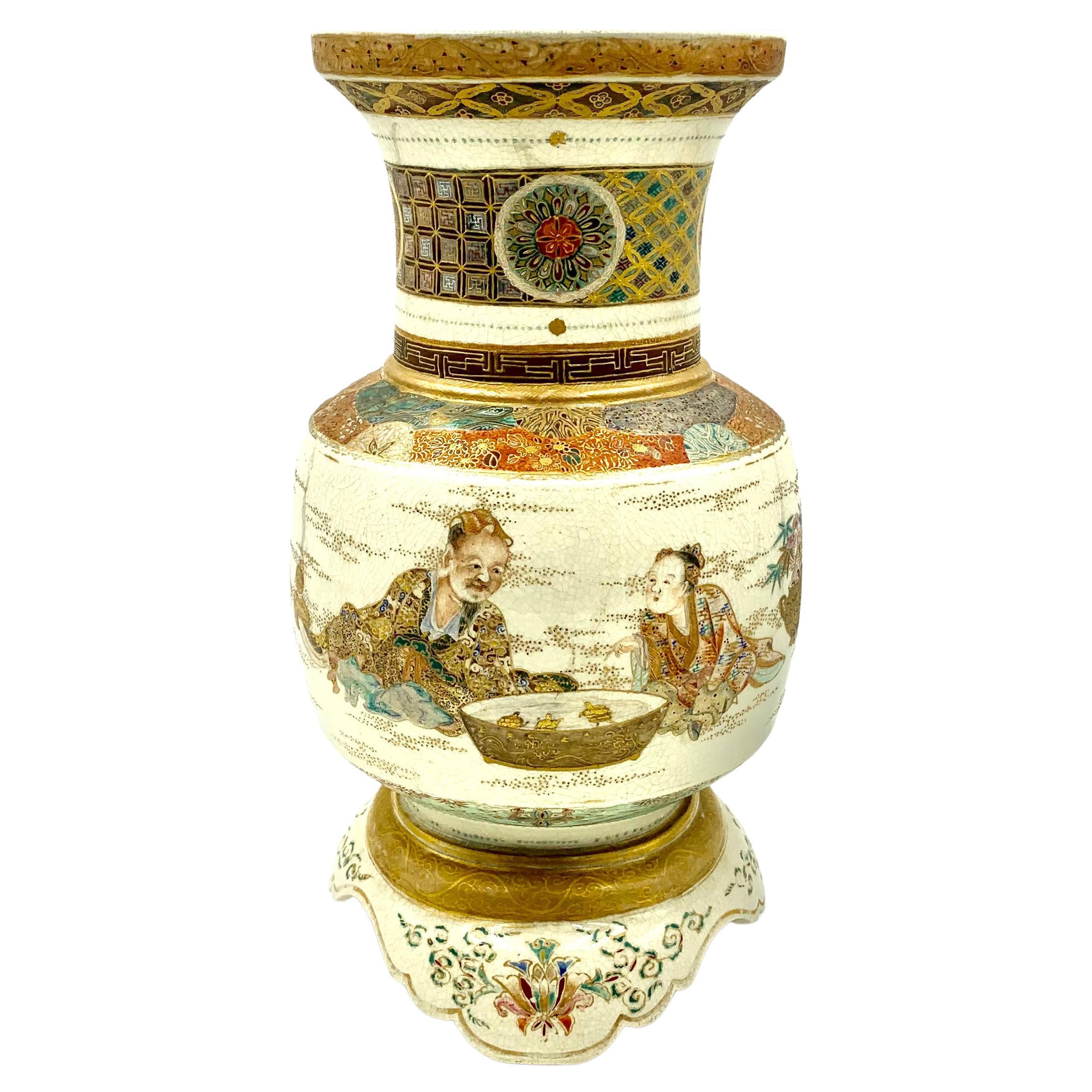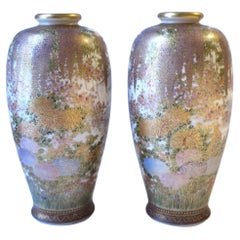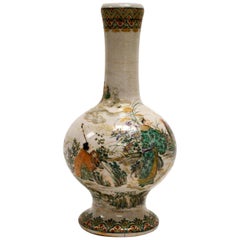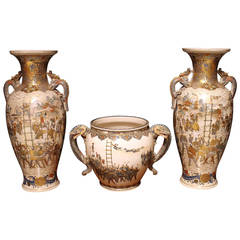
Set of Three Japanese Satsuma Vases with an Acrobat Design
View Similar Items
1 of 10
Set of Three Japanese Satsuma Vases with an Acrobat Design
About the Item
- Dimensions:Height: 24 in (60.96 cm)Width: 11.5 in (29.21 cm)Depth: 9.5 in (24.13 cm)
- Sold As:Set of 3
- Place of Origin:
- Period:
- Date of Manufacture:1880
- Condition:Minor structural damages. Two small chips to one of the dragon handles, overall condition good.
- Seller Location:London, GB
- Reference Number:Seller: 4s11stDibs: LU108161968852
You May Also Like
- Japanese Satsuma Vase with FiguresLocated in Antwerp, BEA mid-20th century Japanese Satsuma vase with figures. Satsuma ware is a style of Japanese earthenware originally from the Satsuma region of what is today southern Kyushu. There are two distinct categories of this ware: The original plain dark clay early Satsuma...Category
Mid-20th Century Japanese Japonisme Vases
MaterialsCeramic
- Japanese Satsuma Vases, PairBy SatsumaLocated in New York, NYA gorgeous pair of Japanese earthenware Satsuma vases, hand-painted, Meiji period, circa early-20th century, Japan. Vases' beautiful decoration is high-qu...Category
Early 20th Century Japanese Meiji Ceramics
MaterialsEarthenware
$2,850 / set - Early Japanese Satsuma Antique VaseBy SatsumaLocated in Atlanta, GAAn Satsuma ceramic stone ware vase, circa 19th century, around the end of the Edo and the beginning of Meiji period. In the form of a Classic garlic bottle whose prototype was from China, the white bodied piece is decorated with an early form of kin nishikide, the so called golden brocade, a palette of iron-red, blue, green, yellow, purple and black with golden highlight. The over glazed enamel paint shows a group of robed figures in a garden setting with a lion and three tigers. A transparent overall glaze shows very fine crackles. The design is relatively sparse with plenty of negative space in contrast to the Satsuma production from the late 19th century, when the trend became fussy and overly glitz, due to the influence by the perceived western taste for the export market. This piece may still be made for export but its pattern was more influenced by both Kyoto Pottery and the Kano school of painting compared to the export ware by the end of the 19th century onward to the early 20th century. It was believed by many that this was a result of Satsuma potters visiting Kyoto in the late seventeenth century to learn over glaze painting techniques. There are some age glaze crackles especially around the foot. The piece is not signed in keeping with the earlier production before Satsuma ceramics...Category
Antique Mid-19th Century Japanese Japonisme Ceramics
MaterialsCeramic
$2,850 Sale Price25% Off - Exquisite Japanese Satsuma Vase by SeikozanLocated in Atlanta, GAA miniature vase in elegant upright form reminiscent of the Chinese imperial Willow Leaf form made by Japanese studio Seikozan circa 1890-1910s (late Meiji Period). One of the many a...Category
Antique 1880s Japanese Meiji Ceramics
MaterialsCeramic
- Antique Japanese Satsuma Miniature Cabinet VaseBy Master RyozanLocated in Philadelphia, PAA fine diminutive, antique Japanese Satsuma pottery cabinet vase. Decorated throughout with gilding and raised enamel. There are...Category
20th Century Japanese Meiji Vases
MaterialsCeramic
- Large Japanese Satsuma Ceramic Vase KinkozanBy KinkozanLocated in Atlanta, GAA large Japanese ceramic vase from the end of Meiji period circa 1890-1910s by Kinkozan (1645-1927). One of the largest studio manufacturers of the export ceramics at the time based in Kyoto. In the typical style of satsuma made at the turn of 20th century, the vase is elaborately decorated with a rather unusual kinran-de (gold paint) and green enamel highlight on a mottled brown background. The painterly decoration depicts a large seasonal floral arrangement in a circular fashion. Besides the obviously superb craftsmanship, what sets this particular vase apart from many lower quality and mass-produced pieces is its tone-on-tone color pallet that is visually somber and the small and sensitive details that heralds the change of the seasons. When the viewer goes beyond the first casual glimpse of the blossom and foliage, one would notice that on the edges of certain leaves as well as along the stalks, there accumulates a very thin layer of the white dust that represents the frost. The flower in bloom are chrysanthemums. Despite of being splendid, they are the messengers of the autumn. The large lotus leaf was subtly rendered in a bended and slightly withered manner, just past its prime. Although the lotus is still in bloom, the prominent seed pod indicates it may be the last for the season. The sentimental capture of the change of the seasons is not unusual in Japanese art. This vase poetically represents such a subtle transition from summer to fall, perhaps depicting the very first frost. The neck of the vase is also slightly unusual with two rolled rings...Category
Early 20th Century Japanese Meiji Ceramics
MaterialsCeramic
Recently Viewed
View AllMore Ways To Browse
18th Century Japanese
Japanned 18th Century
18th Century Japan
Chinese Gray And White
Brown And White China
Japanese Imari
Imari Japan
Late Qing
Asian Blue And White China
Leaf China
Japan Porcelain Blue
Japanese Blue Porcelain
Japanese Blue Gold
Antique Chinese Figures
Japanese Red Gold
Chinese Export Large
Asian Painted Flowers
Asian Bird Chinese

